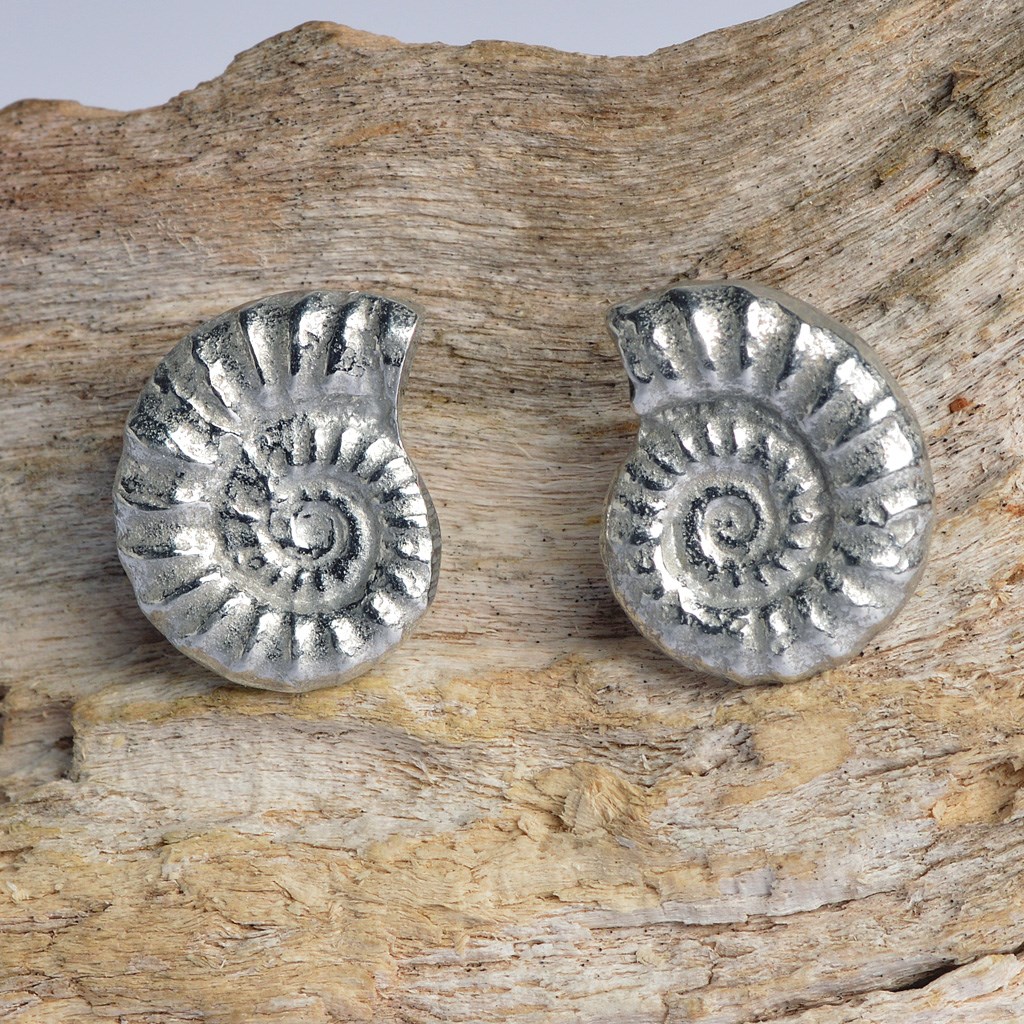
Flashing Iridescent Colours Of AmmonitesĪs you move an iridescent ammonite in the presence of light, one can observe the colours moving, changing, and flashing in what is known as chromatic shift. The thinnest layers of Aragonite lead to rare blue and violet hues being observed.

Thick layers of Aragonite typically leads to shades of red being observed, such as in this red iridescent ammonite, whilst thinner layers lead to shimmering greens, which can also sometimes be observed in red iridescent ammonites. Inside the shell, there are many stacked layers of Aragonite which light must travel through when it is shone on the shell.Īs light bounces back through the layers of Aragonite, a rainbow spectrum of colour can be observed due to the interplay of light travelling through the layers. The distinctive colour, lustre, and opal-like effect of iridescent ammonites is caused by their Aragonite shells. The composition of each ammonite can vary greatly due to the different minerals that seeped into it as it decomposed and fossilised.
#AMMONITE FOSSIL MEANING FULL#
Gem ammonites such as this red iridescent ammonite are called biogenic gemstones (the only other gems of this type are pearl and amber) because they are formed from the fossilised organic material of once living creatures.įossilised ammonites are also full of minerals such as Calcite and Pyrite, as well as trace elements such as copper. This nacreous shell, with its rainbow colours, is what is turned into gemstones such as Ammolite. The iridescent shell of an ammonite is formed from the mineral Aragonite, a component of Nacre (also known as Mother of Pearl). The rock covering the ammonite fossils was then either naturally eroded, or excavated by humans, to expose the fossils.Some minerals seeped into the ammonite remains, leading to mineral replacements and ornately coloured interiors.The minerals were precipitated out of the water, and enveloped the ammonite in a solid concretion, which ensured the fossil and its nacreous shell was preserved for thousands of millennia.This decomposition affected redox conditions in the marine environment, leading to dissolved minerals such as carbonates and phosphates becoming less soluble in water.Throughout this process, bacteria decomposed the ammonite bodies.Ammonite bodies sunk into the seabed sediment, and over time the many sediment layers hardened into rock, preserving the fossils within.When an ammonite creature died, it became fossilised in the process as follows: Gem quality iridescent ammonite shells are most famously found in Canada, where they are called " Ammolite".Īmmolite is the official gemstone of Alberta. Madagascar is famed for its riches of fossils and natural diversity, and a wide variety of fossils and crystals can be found there. This ammonite was originally found in the jungles of Mahajanga on the North West Coast of Madagascar. This ammonite dates back to the Cretaceous Period, meaning it is 120 million years old. This particular ammonite is a member of the Cleoniceras species of ammonites.

The fossilised remains of these sea creatures are perhaps the most popular fossils on the market today. They first appeared on the fossil record 240 million years ago, in the Triassic Period, and died out 65 million years ago with the dinosaurs during the Cretaceous-Tertiary Mass Extinction Event. These ancient sea creatures had tentacles like the modern octopus, and spiral shells like Nautilus creatures. What Are Ammonites?Īmmonites are a group of extinct molluscs which somewhat resembled a shelled squid when they were alive. Red Iridescent Ammonites from Madagascar are very similar in appearance to Ammolite. This hand-made Iridescent Ammonite Pendant has been polished by hand and drilled with a 925 Silver, rhodium plated bail. This beautiful Red Iridescent A mmonite, measuring 3.3cm wide at its widest point, is a very well preserved fossil from Madagascar and exhibits a dazzling red iridescent colour, with flashes of green, and intricate fern-like suture patterns. Cleoniceras Red Iridescent Ammonite fossils for sale from Madagascar.


 0 kommentar(er)
0 kommentar(er)
